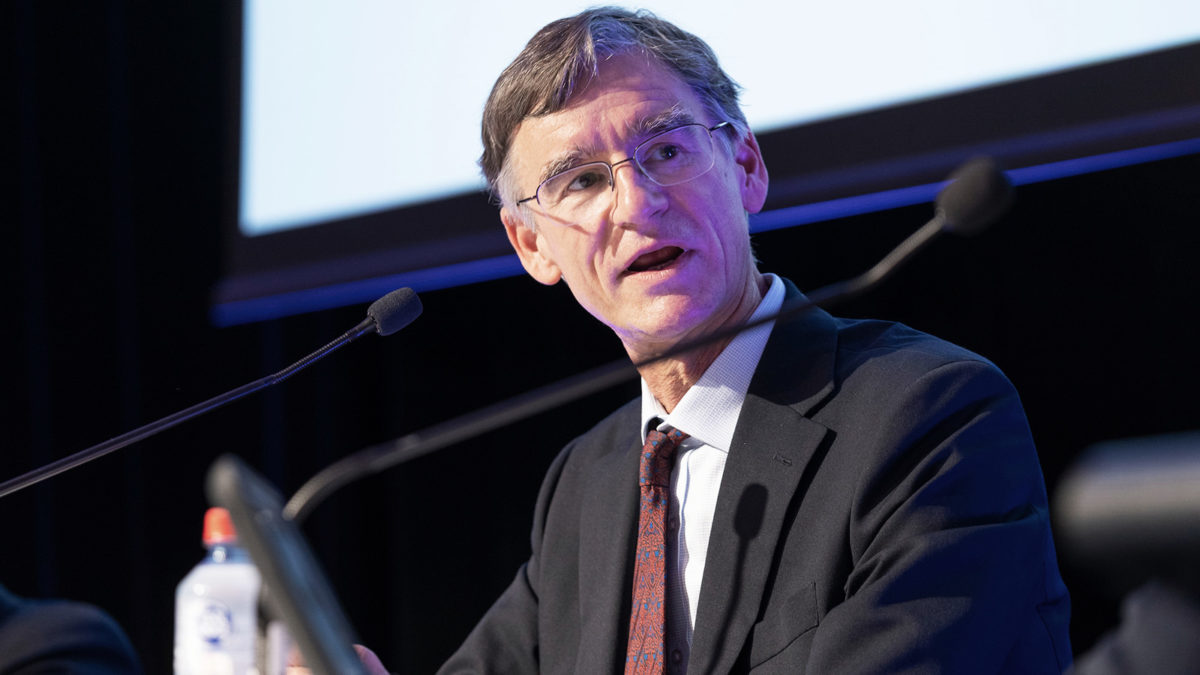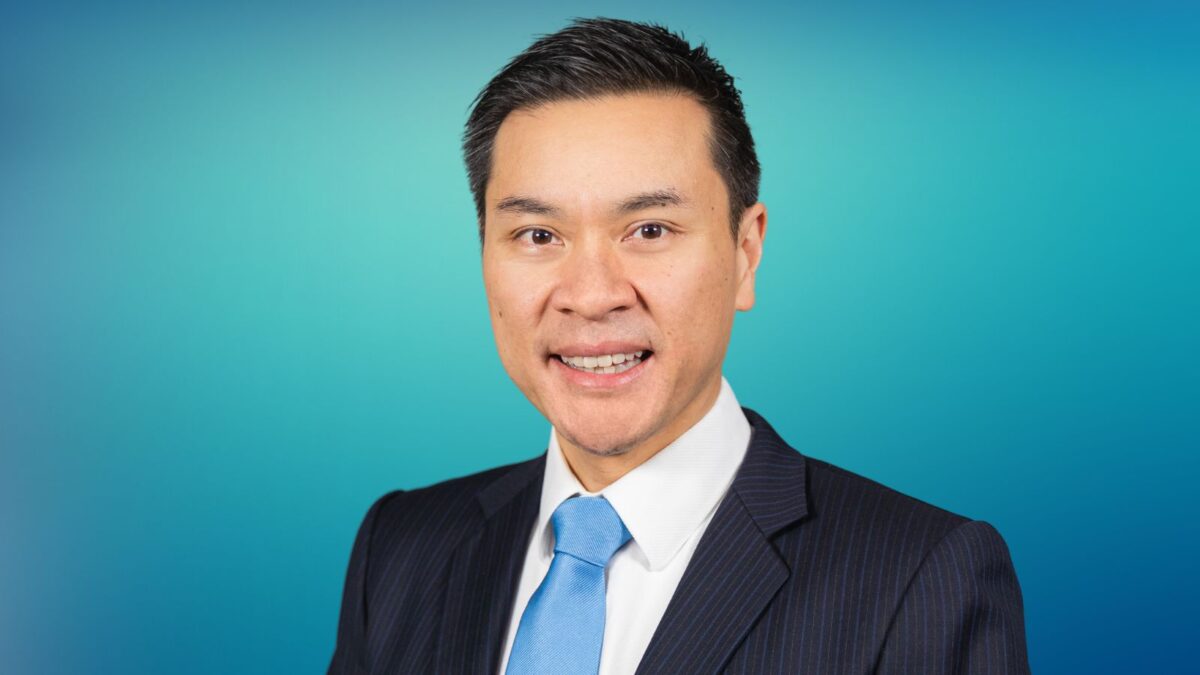‘Quiet revolution’: it’s better than strategic asset allocation
by Greg Bright
A move away from the reliance on traditional strategic asset allocation as the overarching strategy for big investors and towards the use of a ‘total portfolio approach’, will deliver an additional return of between 0.5 and 1.0 per cent a year, according to new research. Roger Urwin, Global Head of Investment Content at Willis Towers Watson says: “We’re in the midst of a very quiet revolution in investment best practice.”
Urwin, the founder of what became Willis Towers Watson’s investment consulting division and founder, with Tim Hodgson, of its ‘Thinking Ahead Group’, in 2001, was in Australia last week for a series of meetings with investors and managers to reveal the results of their latest work (see report summary). Urwin and Hodgson also later formed the Thinking Ahead Institute, which has well-heeled asset owners and fund managers as members who share in all the research and help its creation.
The study results illustrate that, in theory and in practice, TPA offers advantages over SAA, with edges in portfolio dynamism, decision making and decision framing. The researchers say it is a more “joined-up investment philosophy, resulting in a streamlined approach to portfolio construction.” They say: “The main features are more agility and less inertia drag, more goals-driven results and less benchmark drag, and integrated decisions with less governance drag.”
Stewart Brentnall, the CIO of TCorp, was an early adopter of TPA when he joined the big fund in March 2017 after seven years as CIO of ANZ. (He had previously built BT Financial’s multi-manager product into a $3 billion fund). He says that he had thought about the process while at ANZ but felt that TCorp had the right governance and cultural approach to more readily implement TPA. The SAA model offers an ease of measurability and convenience but to what end, he says. It has its merits but also some significant limitations.
“In order to deliver returns above cash you have to take risk,” Brentnall says. “So, the question is: ‘how much risk do you take – and what complexion of risk?’ It’s logical to think about it at the total portfolio level and not in sectors.”
When he joined TCorp, which had a relatively new chief executive in David Deverall, and which was going through considerable change itself through the amalgamation with the investment interests of two other government funds (what is now icare, and State Super), he spent the first six months researching TPA and its portfolio applications, with Deverall and the rest of the board.
“Boards don’t spend a lot of time on investments, traditionally,” he says. “They may meet only four times a year, in some cases, and spend about an hour talking about investments each time.
“But there may be 15-or-so asset classes to discuss. So, you need to have a clear picture of the risks in the overall portfolio, rather than allocation of capital sectors. With TPA, the board delegates investment decision making to the chief investment officer who works with a strong internal team. The TPA model is intuitive on paper but implementing it is quite hard. It means moving an organisational structure to a centralised, collaborative model, rather than a sector based one. You have to quietly change a culture because that is a critical element for TPA to work. Stakeholder management is also an important part of the process – getting the client, board, and team buy-in.”
Urwin describes it as a “governance and cultural journey”. It is leading a “quiet” revolution in investment practice. “It’s an interesting moment in time to debate it,” he says. So, far, however, it’s only very big funds which have come on board. Urwin says that it is easier for funds with big internal investment teams to implement TPA. He cites a number of big funds that support the approach such as the Future Fund, New Zealand Superannuation Fund, QSuper, GIC of Singapore, CPPIB (Canada’s largest pension plan), ATP of Denmark and the Japanese Government’s GPIF, the world’s largest pension fund, which speaks for about US$1.6 trillion.
At one of the Thinking Ahead Institute’s annual seminars in Sydney last week (see separate report this edition), Urwin added that success with transitioning to TPA was “all about the culture of an organisation and the quality of its investment model”. Using the example of the A$40 billion NZ Super, for which he spent his last summer doing the fund’s five-year review, the results were excellent because of those factors, he said.










